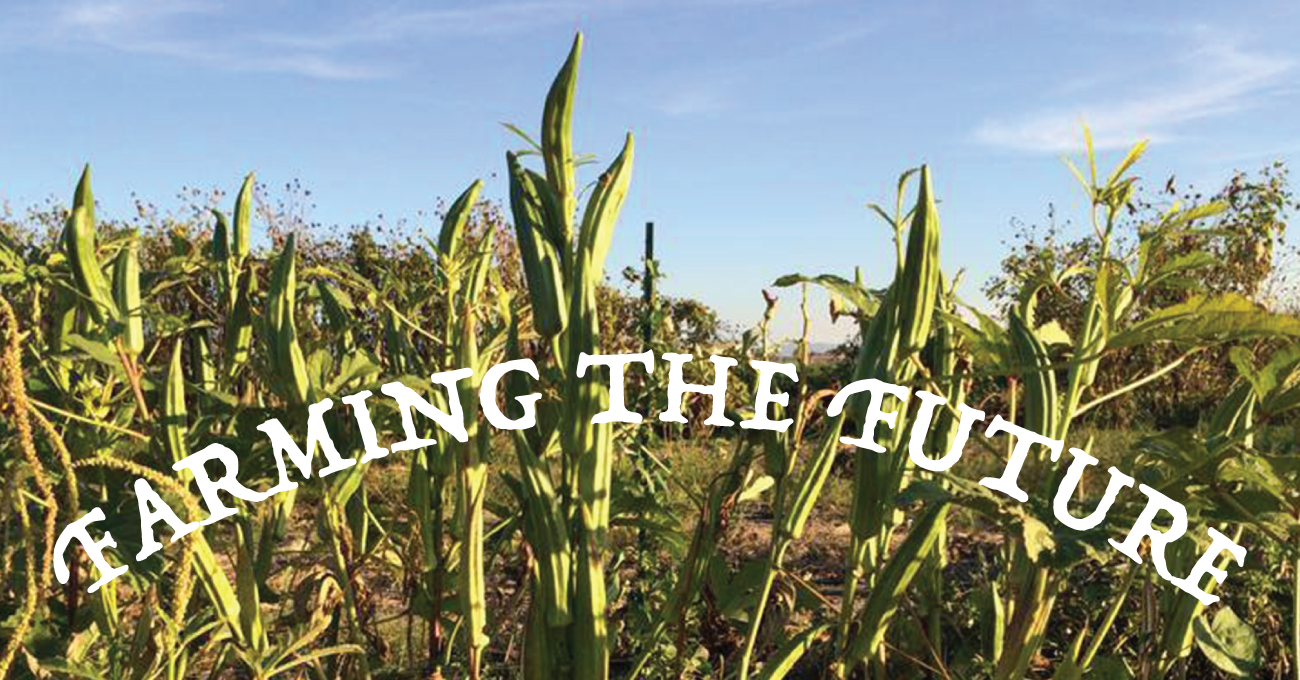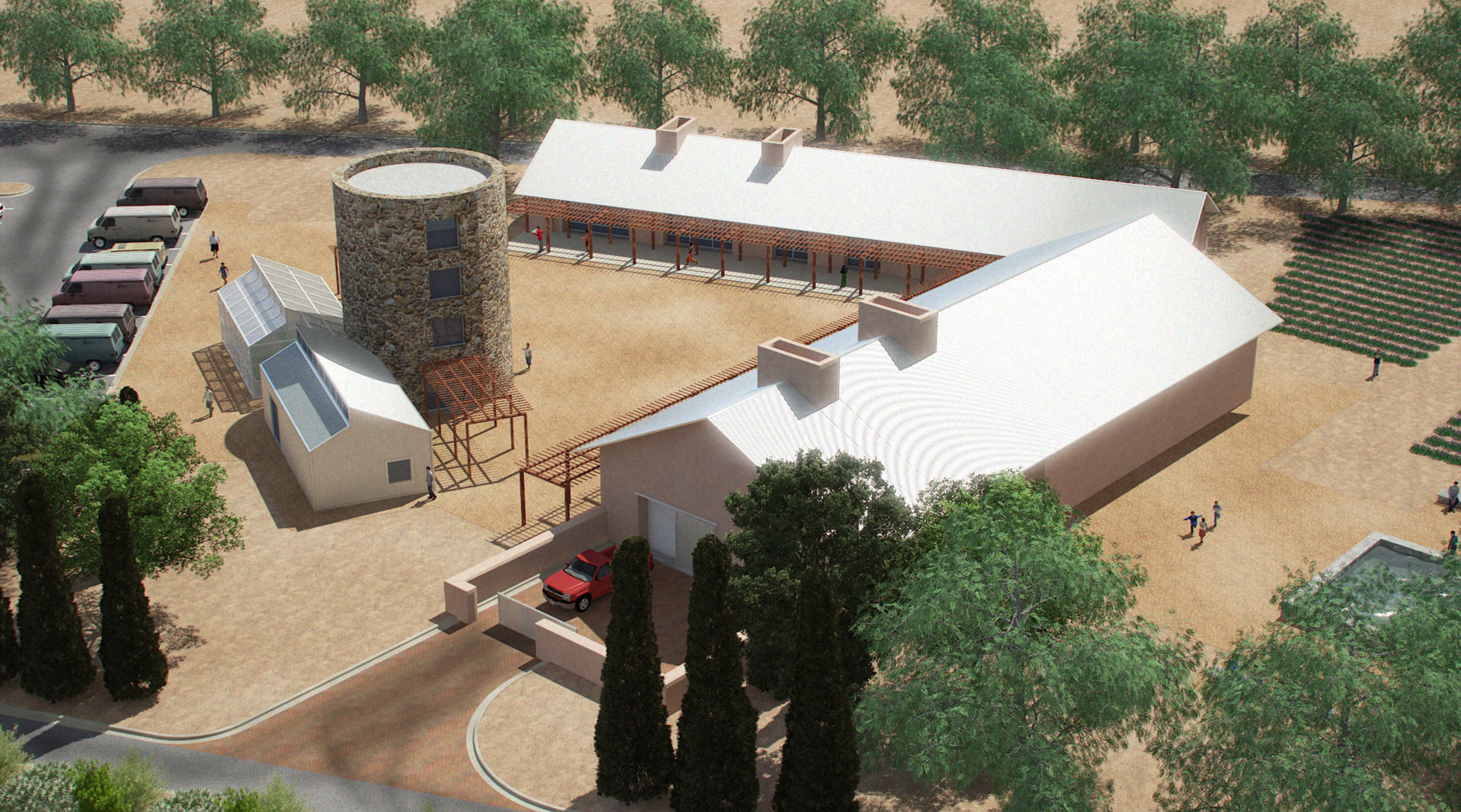Farming the Future
Several years before she was planting corn, squash, tomatoes and leafy greens, much of Amy Dominguez’ time as a teenager was spent mischievously roaming the streets of her hometown Anthony, N.M. Her involvement in a gang held the heavy price of a bullet to the leg.
Today, she is one of the crew leaders of the Anthony Youth Farm, located on the corner of O’Hara Road and Highway 478. Her newfound passion for agriculture brought on by the farm led her to pursue a degree in the field at Doña Ana Community College.
If it wasn’t for the farm, I think I would have been in jail by now,” Dominguez said. “I feel good about myself because I made a lot of positive changes.”
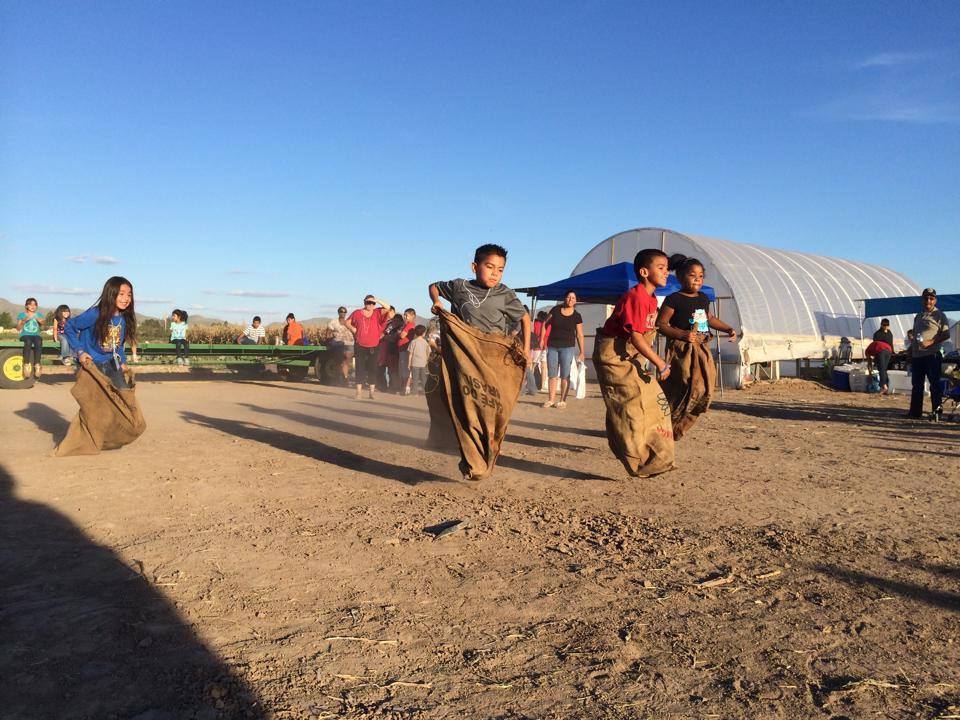 At a time when much gang activity troubled the community, town leaders pondered how to address the increase in such crimes. “We thought, ‘Well, maybe they don’t have anything to do that’s worthwhile,’” former Anthony Water & Sanitation Superintendent Pat Banegas said. “The Water District owned this piece of farmland we acquired through state appropriations. We planted alfalfa and had a few acres left and thought maybe we can get kids involved in this.”
At a time when much gang activity troubled the community, town leaders pondered how to address the increase in such crimes. “We thought, ‘Well, maybe they don’t have anything to do that’s worthwhile,’” former Anthony Water & Sanitation Superintendent Pat Banegas said. “The Water District owned this piece of farmland we acquired through state appropriations. We planted alfalfa and had a few acres left and thought maybe we can get kids involved in this.”
After Dan Darbyshire (a friend who tends to his 100-year-old family farm) helped plant the idea of utilizing a portion of the Water
& Sanitation District’s farmland for young residents five years ago, Banegas and his colleague Loren Schoonover considered how the farm could transform the community. Soon after, they received a $2,500 grant from the Anthony Rotary Club to build their first hoop houses.
They also partnered with award-winning agriculturist Don Bustos, who is the co-director of the American Friends Service Committee in New Mexico. His goal is to instill eco-friendly methods into the work of the young farmers.
Don Bustos is probably one of the first pioneers and advocates for sustainable farming,” said Martina Lorey, a well-established El Paso architect who learned about the farm through Darbyshire. “He teaches them things such as water conservation, soil conservation and other appropriate organic farming methods.”
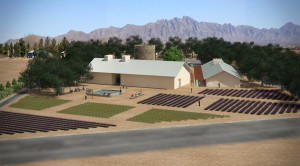 After learning about the farm and the impact it had on its young participants, Lorey envisioned an architectural project that would further propel the program’s community impact. Currently, the Anthony Youth farmers use about three of their 14 acres of land to grow crops and sell their produce at the Ardonvino’s Desert Crossing Farmers Market in Sunland Park, N.M. Thinking of what more could be done with their land, Lorey wanted to devise a plan that would make the area not only an educational hub for young aspiring agriculturists, but a bustling place for the town as well.
After learning about the farm and the impact it had on its young participants, Lorey envisioned an architectural project that would further propel the program’s community impact. Currently, the Anthony Youth farmers use about three of their 14 acres of land to grow crops and sell their produce at the Ardonvino’s Desert Crossing Farmers Market in Sunland Park, N.M. Thinking of what more could be done with their land, Lorey wanted to devise a plan that would make the area not only an educational hub for young aspiring agriculturists, but a bustling place for the town as well.
When you build something, you don’t want it to be vacant at any percent of the time,” Lorey said. “You want to build something that could be used and utilized by the entire community.”
Last year, she reached out to Bill Helm and Edgar Lopez of In*Situ Architecture, who are recipients of several American Institute of Architects design awards and known for their certified sustainable designs in the region.
I believe Bill and Edgar to be high-minded architects that are equally committed to excellence in their work, so it just seemed like a really great group of people to work with on this project because we wanted to deliver a project that is excellent in every aspect,” Lorey said.
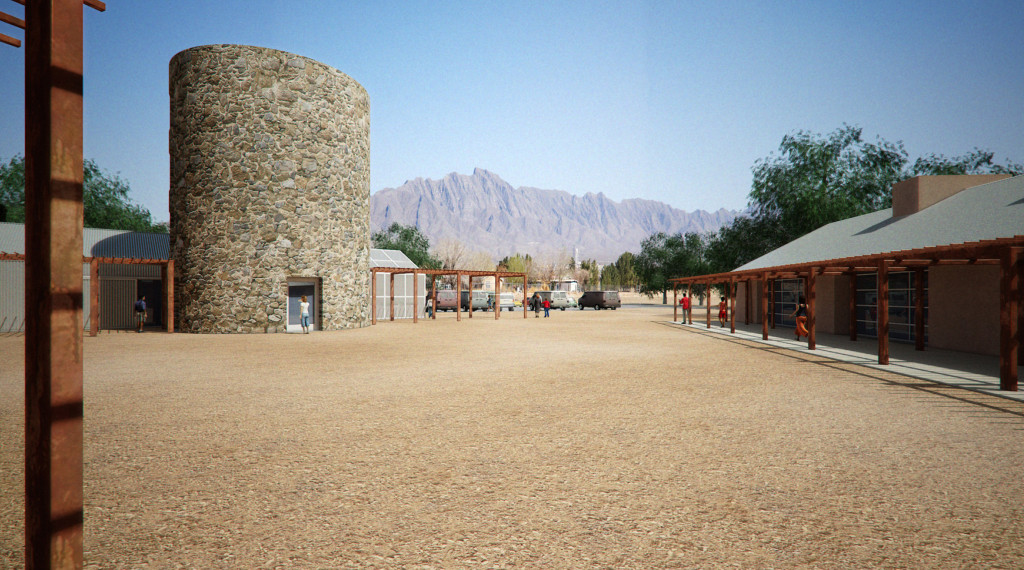 The three did a site analysis and considered factors such as the prevailing winds, the sun path and the view of the mountains. They learned about the aspirations the youth farmers and leaders had, such as expanding their entrepreneurial skills by running a farmers market and implementing culinary arts and craftsmanship in a classroom setting. With all of this in mind, they came up with three functional areas to create a compound that Lopez said would be built on four acres.
The three did a site analysis and considered factors such as the prevailing winds, the sun path and the view of the mountains. They learned about the aspirations the youth farmers and leaders had, such as expanding their entrepreneurial skills by running a farmers market and implementing culinary arts and craftsmanship in a classroom setting. With all of this in mind, they came up with three functional areas to create a compound that Lopez said would be built on four acres.
The first building will be the community center, which will consist of offices, classrooms, rooms for lease and a processing area for the farmers to rinse their crops and package them for retail. A café and kitchen will make up the second building, ultimately supporting the culinary arts program.
A 65-foot-high corrugated sheet metal silo will be the identifying element for the farm, which will have a greenhouse alongside it. The same area will also have a gift shop where the young farmers can sell organic plants and homemade goods, Lorey said.
Also serving as a gathering space will be a courtyard and loggias. Lorey said she hopes for the area to become a venue for weddings, quinceañeras, movie screenings and other events. While Lorey shared some conceptual renderings of the site, more amenities have been added since then, such as a stage, sun dial and reflection pond.
As a demonstration element of water harvesting, we will have an open cistern that collects [rain] water off one side of the roof, and then an aqueduct that flows from that into the reflection pond,” Helm said. “When it’s not raining, there’s a recirculating pump that runs the water just to keep it from getting stagnant and to keep the demonstration going.”
There are also plans to designate space for a weekly farmers market in front of the buildings in order to help increase economic development and community cohesion.
“We think this is going to be an incubator for the community,” said Lopez.
“That it’s going to create not only jobs, but entrepreneurs among that society.”
Although Helm said there is no set completion date for the project, he predicts construction will begin next year. In the mean time, Schoonover has been working on collecting grants for the project, which is estimated to cost about $3.4 million.
The youth farm participants continue to push forward, taking classes on sustainable farming at the Anthony Water & Sanitation District facility and most recently with the Health Sciences Academy charter school in Santa Teresa, N.M.
The farm has also garnered more attention holding events on the site, such as a back-to-school festival that entailed a youth farm presentation, live performances and potato sack races. As
for the future of the farm, Schoonover said she looks forward to what the architectural project will bring.
I’m very excited. I think Anthony is going to take a totally different life,” Schoonover said. “And it’s not just going to end there. Once those buildings are done, there’s so much to do. The Anthony Youth Farm is going to be the glue that this community needs.” [themify_icon icon=”fa-circle” icon_color=”#ec008b” ]

